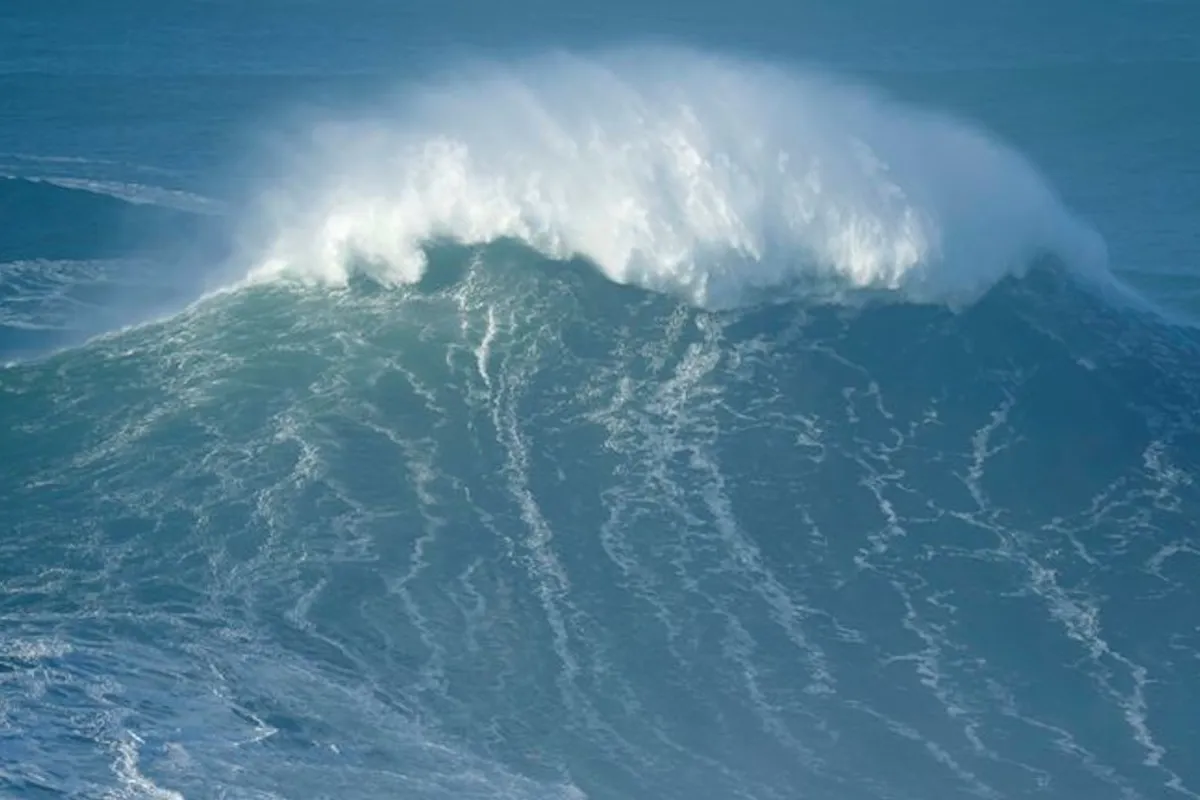Rogue waves, also known as freak waves or monster waves, are unexpected and extremely large waves that can occur on the open ocean. They can reach heights of up to 30 meters or more and can be extremely dangerous for ships and sailors.
Rogue waves form due to a phenomenon known as constructive interference that occurs when two or more waves meet and their crests (the highest point of a wave) align, causing the wave height to increase. This can happen with waves generated by different sources, such as wind and currents, or with waves traveling over a long distance and wavelengths becoming similar.
Rogue waves can also form when a large wave encounters an obstacle, such as a reef or rising seabed, and the wave’s energy is reflected back onto itself, causing the wave height to increase and creating a large, steep wave that can be difficult for a ship to handle.
The frequency of rogue waves is not well understood and is difficult to predict. They are rare events that can occur at any time, in any location, caused by a combination of factors such as wind, currents, and water depth. However, they are more likely to occur in areas with strong winds and currents, such as the Roaring Forties and Furious Fifties, and in the North Atlantic and North Pacific Oceans.
The mean wave height, or average wave height, in the Roaring Forties and Furious Fifties can vary depending on the location and weather conditions. In general, these latitudes are known for having strong winds and rough seas, which can generate large waves.
The mean wave height in the Forties and Fifties is typically between 4 and 6 meters in the open ocean. However, these waves can reach much higher heights in certain areas and during specific weather conditions. For example, during a storm, waves can reach heights of 10-15 meters or more with overhanging crests and masses of foam from breakers which blow in streaks along the direction
